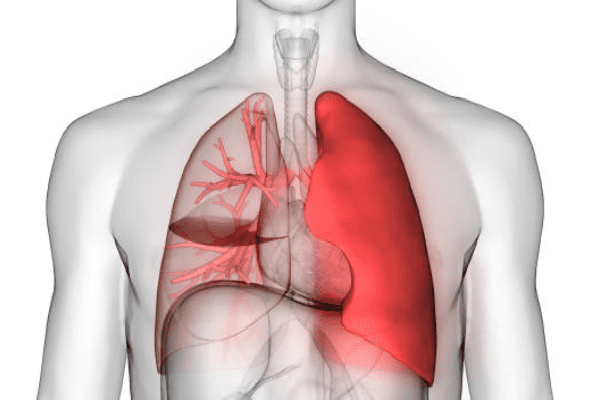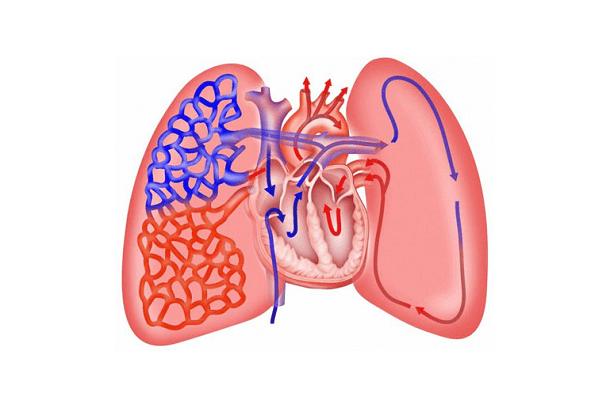Cardiovascular system >>>> Pulmonary hypertension
Pulmonary hypertension.

A sustained increase in pressure in the pulmonary artery is called pulmonary hypertension. The increase in the level of pressure in the pulmonary artery is facilitated by an increase in the resistance of the vessels of the pulmonary circulation. Pulmonary hypertension can occur as an independent disease (primary), the causes of which are not precisely established, but it is assumed that autoimmune diseases and heredity contribute to its development. Pulmonary hypertension may be the result of other diseases (secondary pulmonary hypertension), for example: congestion, destructive changes in the vascular walls and thromboembolism of pulmonary arterioles, heart failure, anomalies in the structure of the myocardium, mitral stenosis, obstructive respiratory diseases, and others.

Pulmonary hypertension complicates the course of many diseases of the respiratory system: bronchial asthma, chronic bronchitis, pleurisy, pulmonary fibrosis, spontaneous pneumothorax and others. The development of pulmonary hypertension occurs in three stages:
- With physical exertion and symptoms of hypoxia, transient pulmonary hypertension (stage 1) appears,
- At rest and in remission of inflammatory processes, there is stable pulmonary hypertension (stage 2),
- Stable pulmonary hypertension is associated with circulatory failure (stage 3).
Pulmonary hypertension signs:
- Increased heartbeat,
- Dizziness,
- Fainting,
- Cyanosis of the red border of the lips, nasolabial triangle,
- Shortness of breath on exertion,
- Cough, hoarseness,
- Hypertrophy of the walls of the right ventricle of the heart (noticeable on the radiograph),
- Swelling of the trunk of the pulmonary artery (noticeable on an x-ray),
- Swelling of the legs.
Against the background of pulmonary hypertension, atrial fibrillation, hypertensive crises, respiratory failure occur.
Therapeutic treatment of pulmonary hypertension is aimed at lowering the level of blood pressure in the pulmonary arterial system, preventing thromboembolism in the blood vessels of the lungs. For these purposes, appoint:
- drugs that relieve smooth muscle tone - vasodilators (calcium channel blockers - only under the control of vasoreactivity; prostanoids),
- antagonists of endothelin receptors (taken under the control of liver enzymes, are dangerous for women of childbearing age, since they cause a teratogenic effect - they disrupt embryonic development),
- antiplatelet agents that reduce blood viscosity,
- diuretics (synthetic and herbal), oxygen inhalation.
Progressive pulmonary hypertension increases the load on the right ventricle of the heart, leading to the development of pulmonary heart disease and right ventricular failure.

Read

Read



























